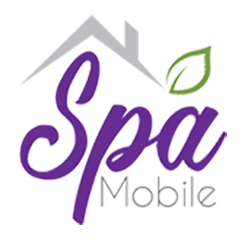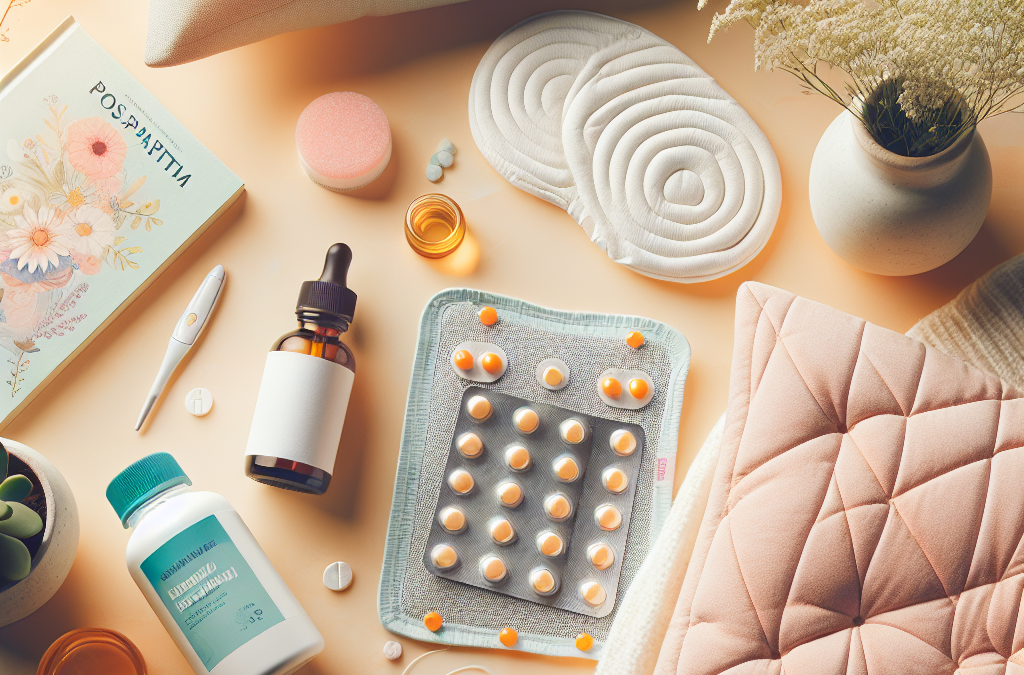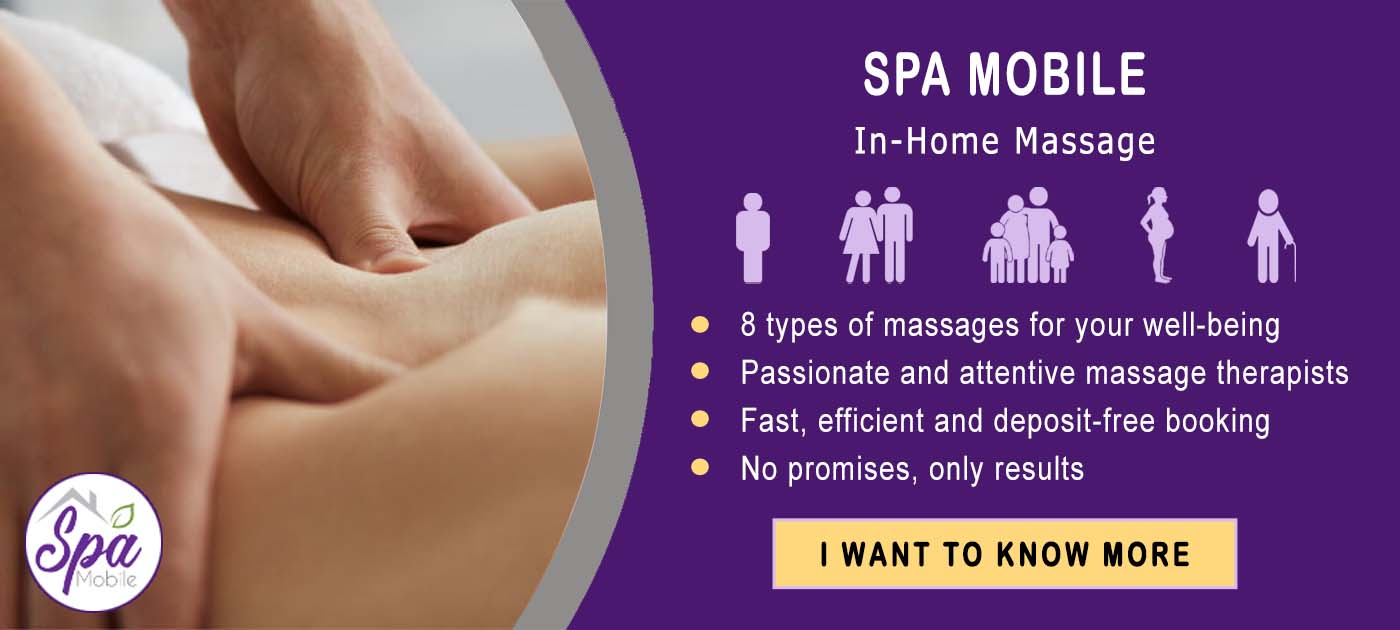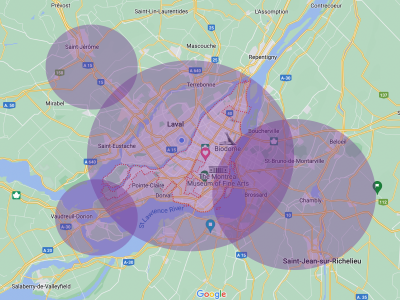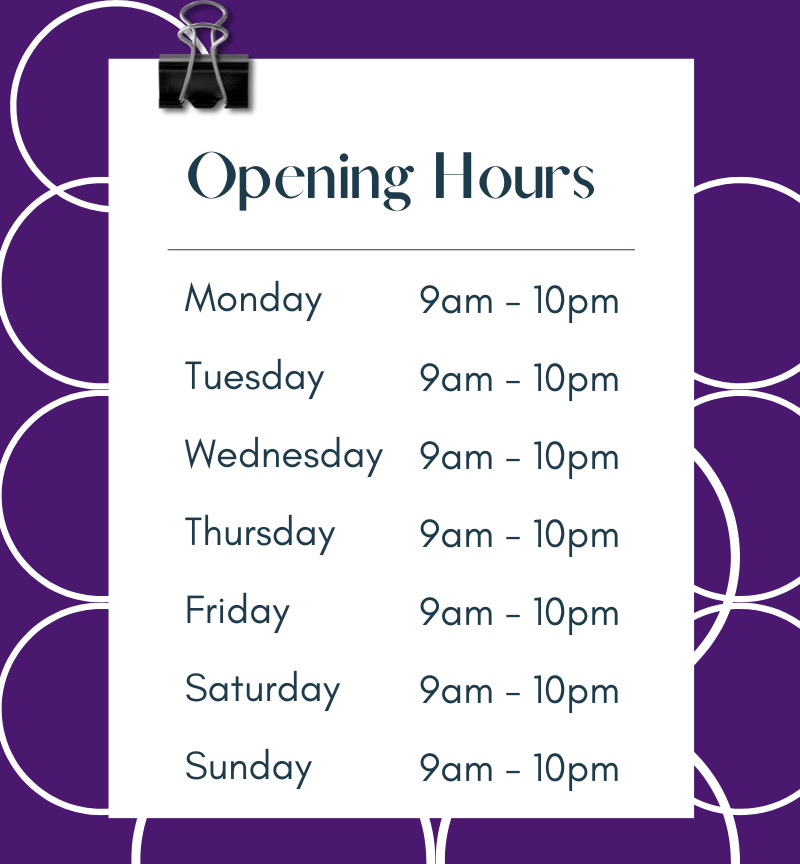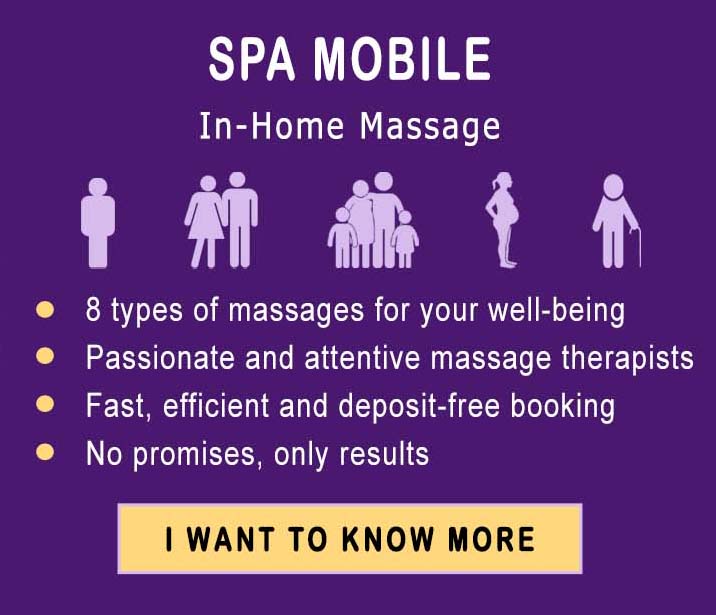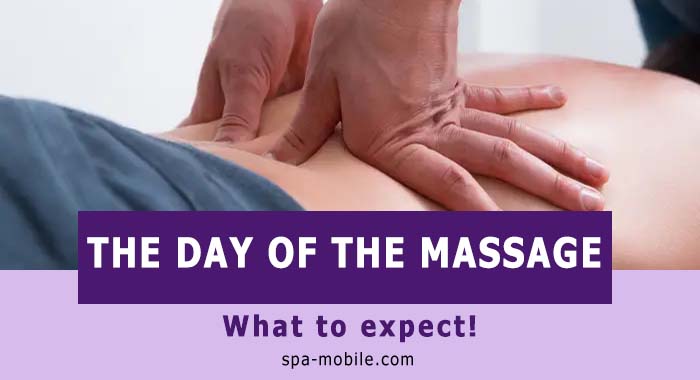Postpartum pain relief is a crucial aspect of postpartum care for new moms. After giving birth, the body goes through many changes and can experience various types of pain. From soreness in the perineum to back pain and headaches, postpartum pain can affect new moms physically and emotionally. This article will discuss the best postpartum pain relief methods that every new mom needs to know.
1. Pain Medication
One of the most common methods of postpartum pain relief is pain medication. Your healthcare provider may prescribe pain medication to help manage any discomfort you may be experiencing. Nonsteroidal anti-inflammatory drugs (NSAIDs) such as ibuprofen are commonly used to relieve postpartum pain. These medications can help reduce inflammation and ease soreness in the perineum, back pain, and headaches.
2. Ice Packs
Ice packs can be a lifesaver for postpartum pain relief. Applying an ice pack to the perineum can help reduce swelling and discomfort after giving birth. Ice packs can also help relieve back pain and headaches. Wrap the ice pack in a thin cloth and apply it to the affected area for 15-20 minutes. Make sure to take breaks in between applications to prevent skin irritation.
3. Heat Therapy
Heat therapy is another effective method of postpartum pain relief. Heating pads or warm compresses can help relax sore muscles and reduce discomfort. Heat therapy can be particularly helpful for back pain and abdominal cramps. Just use a heating pad on a low or medium setting and avoid applying it directly to your skin to prevent burns.
4. Warm Baths
A warm bath can be a soothing and relaxing way to relieve postpartum pain. Adding Epsom salts to your bathwater can help reduce inflammation and ease sore muscles. You can add essential oils such as lavender or chamomile for extra relaxation. Just ensure your healthcare provider has cleared you for baths before soaking in the tub.
5. Pelvic Floor Exercises
Pelvic floor exercises, also known as Kegel exercises, can help strengthen the pelvic floor muscles and alleviate postpartum pain. These exercises can help improve bladder control, reduce perineal pain, and promote healing after giving birth. To perform Kegel exercises, contract and relax your pelvic floor muscles for 10-15 seconds. Repeat this exercise several times throughout the day.
6. Massage Therapy
Massage therapy can be an effective method of postpartum pain relief. A professional massage therapist can help relieve muscle tension and promote relaxation. Massage therapy can target specific areas of pain, such as the back, shoulders, and perineum. You can also practice self-massage at home using a foam roller or a tennis ball to relieve sore muscles.
7. Acupuncture
Acupuncture is a traditional Chinese therapy that can help alleviate postpartum pain. Acupuncture involves inserting thin needles into specific points on the body to promote healing and reduce pain. Studies have shown that acupuncture can be effective in relieving back pain, headaches, and other types of postpartum pain. Make sure to consult with a licensed acupuncturist before trying this therapy.
8. Yoga
Yoga is a gentle and effective way to relieve postpartum pain and promote healing. Yoga can help strengthen the core muscles, improve flexibility, and reduce stress. Yoga poses such as child’s pose, cat-cow stretch, and butterfly pose can help alleviate back pain, pelvic discomfort, and perineal soreness. Consult with a certified yoga instructor before starting a yoga practice.
9. Postpartum Support Products
There are many postpartum support products available that can help relieve postpartum pain. Belly bands and compression garments can support the abdominal muscles and reduce back pain. Perineal sprays and cooling pads can help soothe soreness in the perineum. Nursing pillows and breastfeeding bras can help alleviate breast pain and discomfort. Consider investing in these postpartum support products to help ease your postpartum pain.
10. Rest and Relaxation
Last, rest are essential for postpartum pain relief. Your body needs time to heal after giving birth, so make sure to prioritize self-care and take breaks when needed. Try to get as much rest as possible, nap when your baby naps, and ask for help from friends and family. Relaxing techniques such as deep breathing, meditation, and mindfulness can also help reduce stress and promote healing.
In conclusion, postpartum pain relief is an important aspect of postpartum care for new moms. By implementing these methods, you can effectively manage and alleviate discomfort after giving birth. Remember to consult with your healthcare provider before trying any new pain relief methods and prioritize self-care during this healing period. Congratulations on your new bundle of joy, and remember that taking care of yourself is just as important as taking care of your baby.
